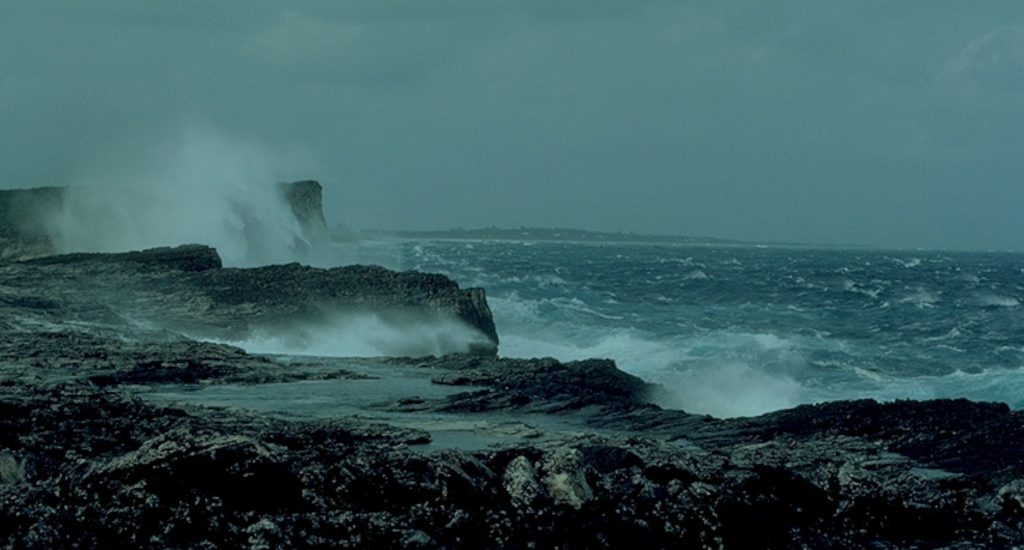Two decades of innovative windstorm research collaboration to continue as WTW-Exeter partnership is renewed

Global insurance broking firmWTW today announced the continuation of its long-standing partnership with the University of Exeter to advance understanding of European windstorm risk.
Now approaching its 20th year, the collaboration is beginning a new phase focused on how climate variability influences storms, and how this knowledge can support better (re)insurance decisions.
Windstorms are one of the costliest natural perils in Europe, with large year-to-year swings in damage and resulting insurance claims.
Recent seasons – including storms such as Poly, Eunice, and Éowyn – have challenged long-held assumptions about when and where major impacts occur.
Yet many risk models still rely heavily on short historical records or distant long-term projections, leaving a gap in understanding the full range of plausible extremes in the near term.
The WTW-Exeter partnership now aims to close that gap by addressing a key challenge: what can be said with confidence about the next five to ten years?
“We’re excited to mark 20 years of impactful collaboration with the University of Exeter,” said Dr Daniel Bannister, Weather & Climate Risks Research Lead at WTW.
“For almost two decades, our work together has helped shape how the (re)insurance industry understands windstorm risk.
“The focus now is on what the climate will bring over the next five to ten years, and how we can use emerging signals to help our clients make better-informed decisions.”
Since 2007, University of Exeter researchers led by Professor David Stephenson have been at the forefront of windstorm research.
Together, his team has developed one of the first statistical models to simulate storm clustering, a key advancement for catastrophe model benchmarking.
Most recently, they developed a new method for estimating wind gust return values using storm footprint data, now embedded in WTW’s climate risk platform to support improved decision-making for clients, and have refined those estimates to account for how European windstorms are likely to change in the future as the climate evolves.
Professor Stephenson said: “I am so proud of what this ongoing collaboration has achieved since 2006. Cutting-edge ideas from climate and statistical science have been used to address key industry challenges, and these challenges have in turn inspired interesting new research areas such as storm clustering.”



